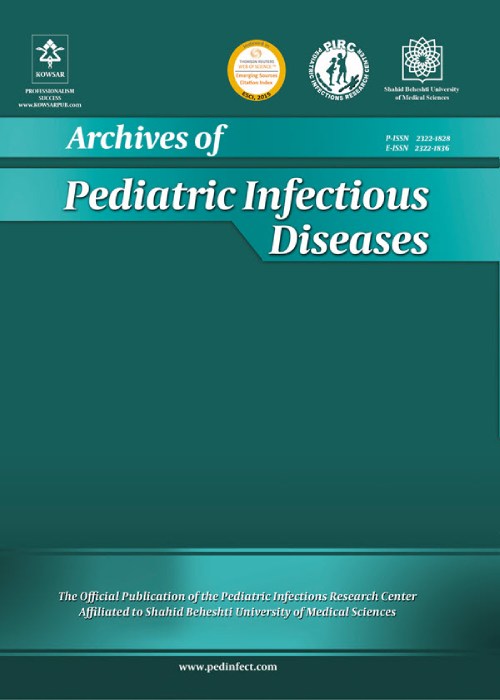Comparison of Clindamycin with Other Anti-staphylococcal Antibiotics for the Treatment of Pediatric Staphylococcal Skin-Scaled Syndrome
Staphylococcal scalded skin syndrome (4S) is caused by Staphylococcus aureus exfoliative toxin and is characterized by the separation of the surface layers of skin. Given the existence of conflicting treatment strategies and differences in antibiotic resistance patterns, this study aimed to compare the effectiveness of clindamycin, clindamycin with another anti-staph agent, and antibiotic regimen without clindamycin in the management of pediatric 4S.
To compare the effectiveness of different treatment strategies in the management of pediatric 4S.
In this cross-sectional study, children with 4S (based on the final documented clinical diagnosis) admitted to the 17th-Shahrivar Hospital of Rasht, Iran, from 2005 to 2021 were enrolled. Exclusion criteria comprised being a neonate, having chronic skin diseases or immunodeficiencies, and incomplete data files. The variables gathered included age, sex, type of antibiotic received, time of fever cessation (if fever existed), recovery time, duration of hospitalization, and complications. The data were entered into SPSS v.24 software and analyzed.
This study was conducted on 73 patients with the final diagnosis of 4S. The mean age of the patients was 17.70 ± 15.85 months, and 47.9% of them experienced fever during hospitalization. The mean duration of hospital stay was 6.52 ± 1.90 days. Also, the average duration of recovery in these children was 4.90 ± 1.73 days. There were no differences in terms of sex (P-value = 0.245), age (P-value = 0.383), and duration of fever (P-value = 0.568) between the three groups receiving different antibiotic regimens. Meanwhile, the durations of recovery (P-value = 0.018) and hospitalization (P-value = 0.020) were significantly longer in children who did not receive clindamycin. Moreover, the duration of hospitalization was significantly shorter in the patients who received clindamycin alone compared to those treated with clindamycin plus another antibiotic (P-value = 0.044). There was no significant difference in the occurrence of disease/drug complications between the three groups, and the most common complication in all patients was scaling.
Clindamycin (alone or in combination with other anti-staphylococcal agents) could shorten the recovery period, and hospital stay in children with 4S. Besides, it did not have any adverse impact on the occurrence of complications. The patients who received clindamycin alone had a shorter hospital stay than patients who were treated with clindamycin plus another antibiotic. Considering the lower complications, lower costs, and shorter length of hospital stay associated with monotherapy, we recommend using clindamycin alone for treating 4S patients.
- حق عضویت دریافتی صرف حمایت از نشریات عضو و نگهداری، تکمیل و توسعه مگیران میشود.
- پرداخت حق اشتراک و دانلود مقالات اجازه بازنشر آن در سایر رسانههای چاپی و دیجیتال را به کاربر نمیدهد.


